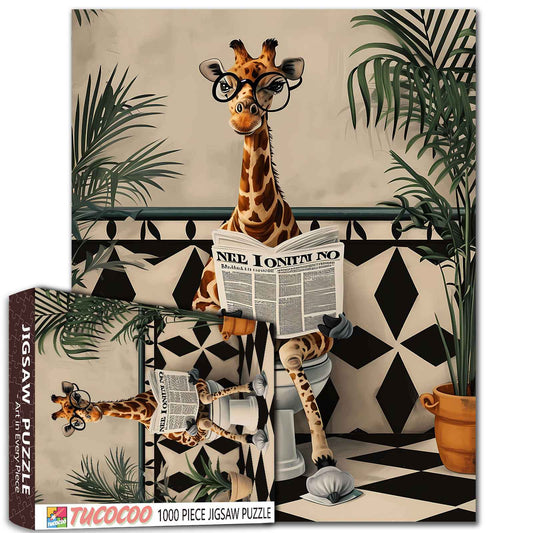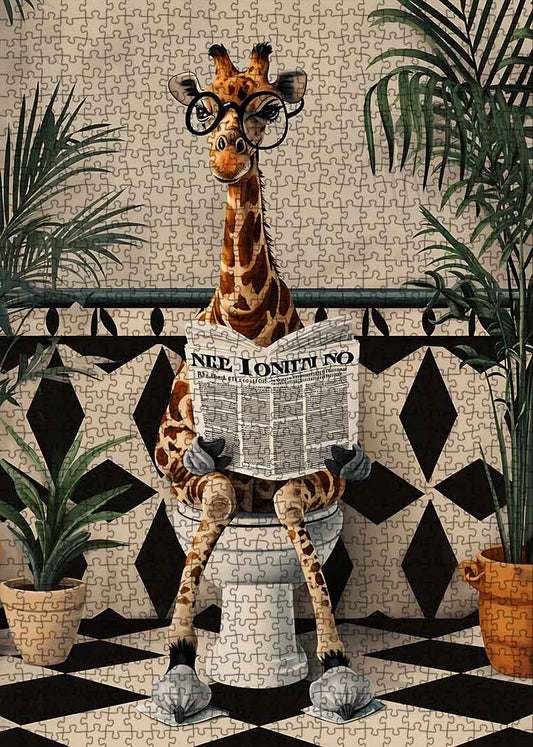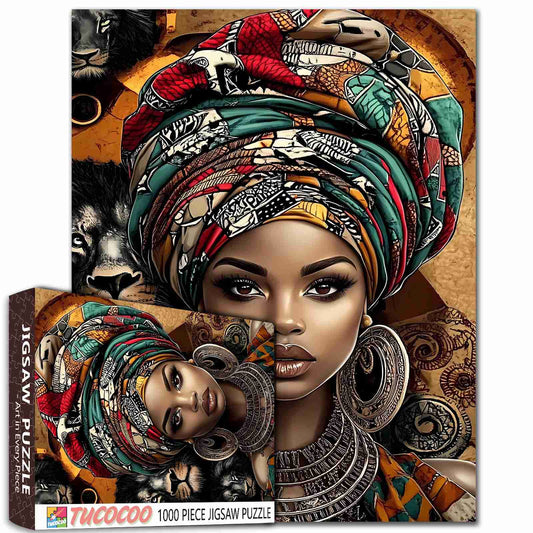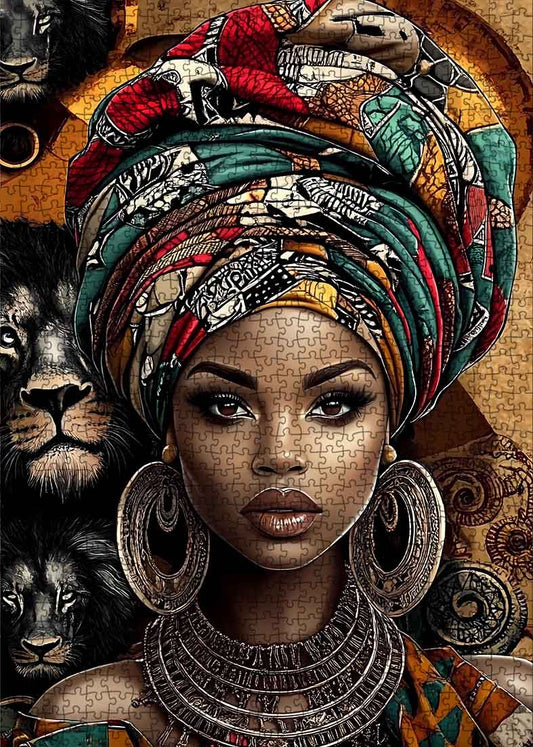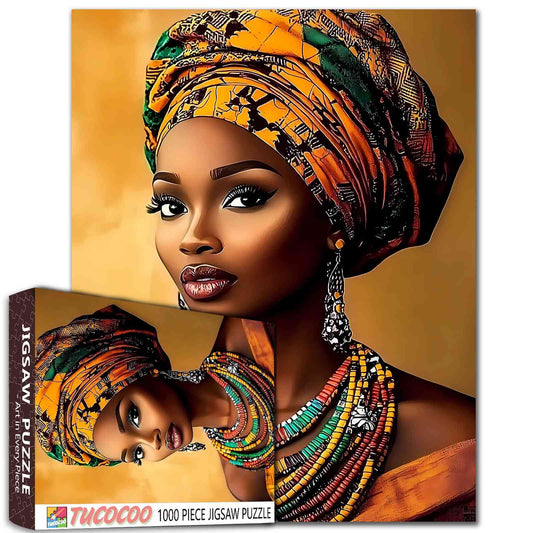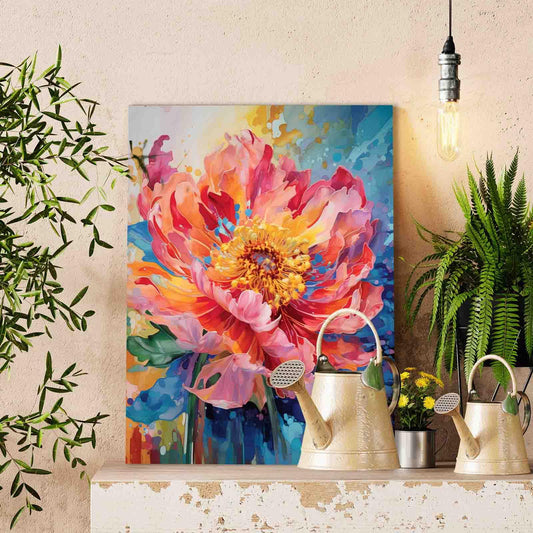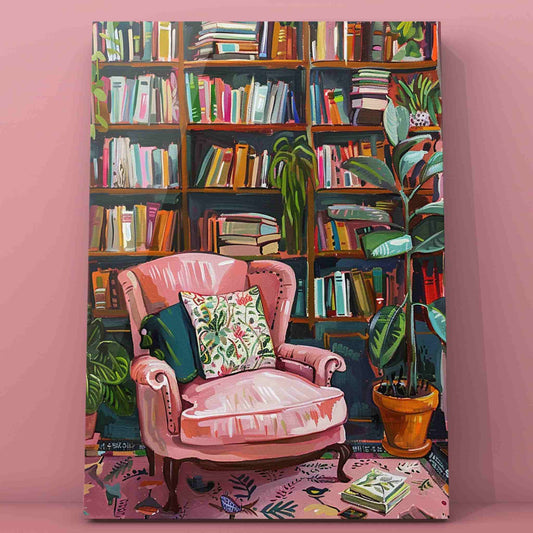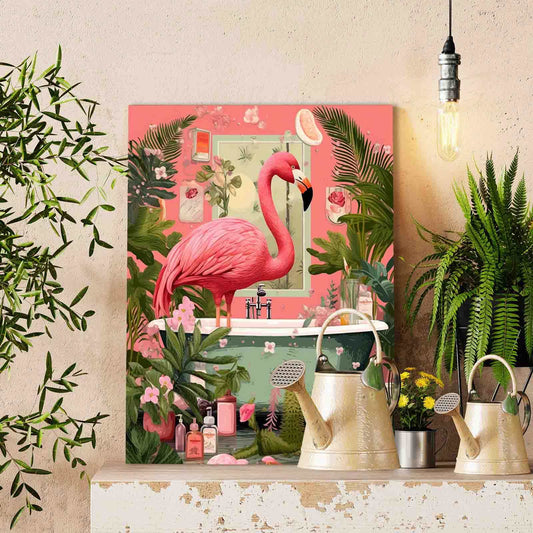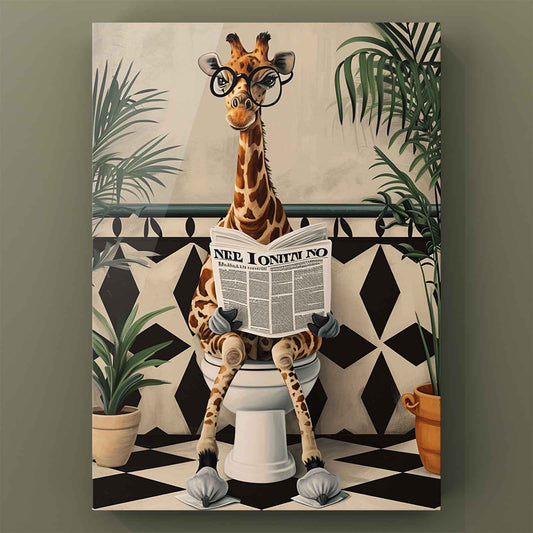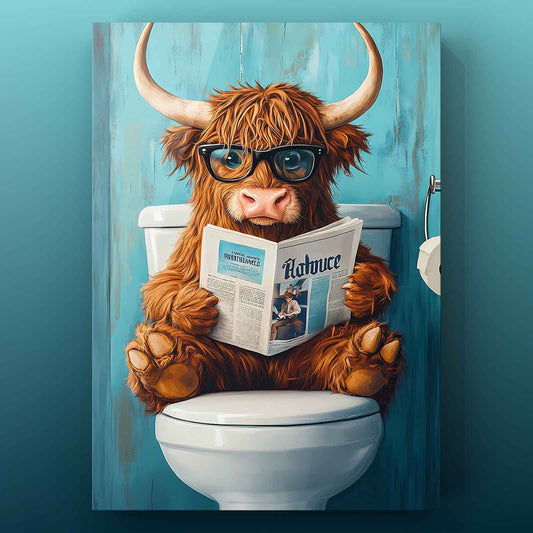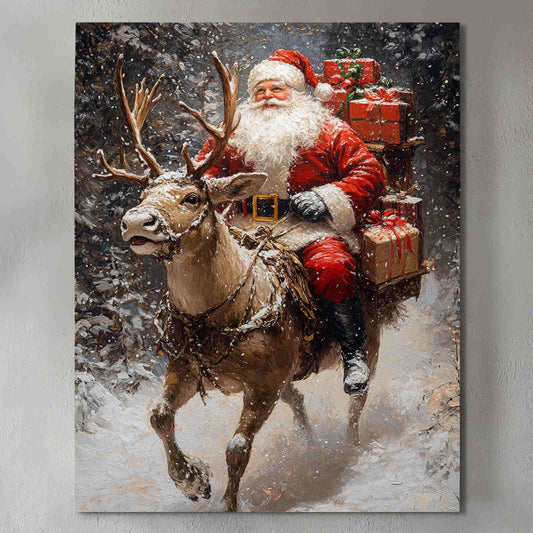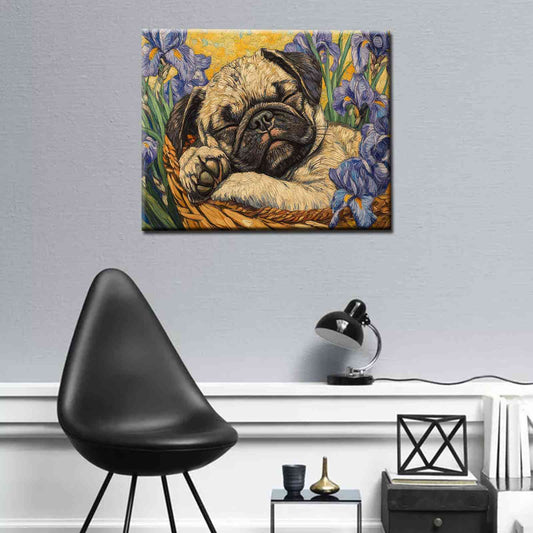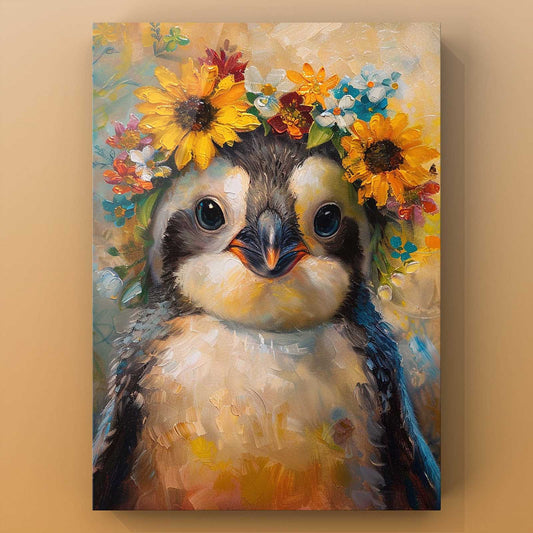
Why Vintage Wall Art Stands the Test of Time
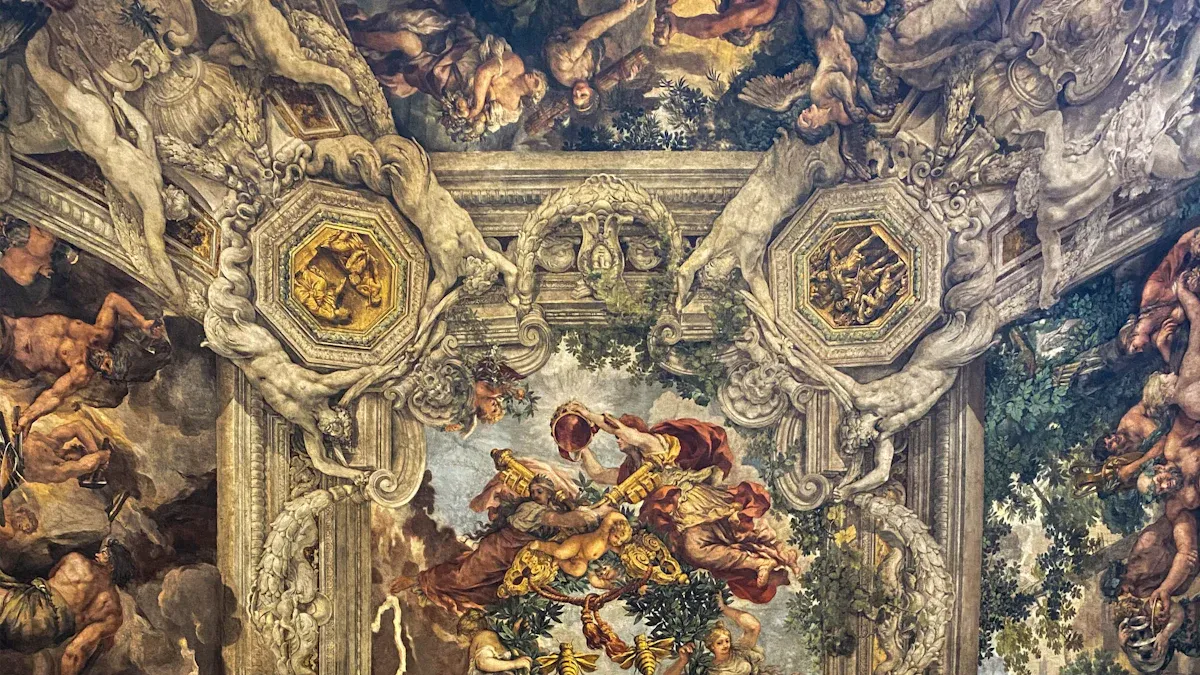
Vintage wall art offers more than just aesthetic appeal for your home—it embodies history, craftsmanship, and a deep sense of nostalgia. Every piece of vintage wall art tells a unique story, linking you to a different era and place. Interestingly, the global wall art market is projected to reach $65 billion by 2032, highlighting the enduring charm of vintage wall art. Whether you prefer a timeless print or a retro-inspired design, these pieces bring character and emotional richness to your space. They’re not merely decorations; they’re meaningful connections to the past.
Tip: Vintage wall art seamlessly complements both modern and traditional interiors, making it a versatile addition to any home.
Key Takeaways
Vintage wall art links you to history and culture. It’s more than decoration because each piece shares a special story. These stories bring personality to your home.
Picking vintage art shows your style and respects old craftsmanship. Find pieces that feel meaningful or special to you.
Combining vintage art with modern decor looks cool and lasting. This mix makes your space feel new and welcoming.
Understanding Vintage Wall Art
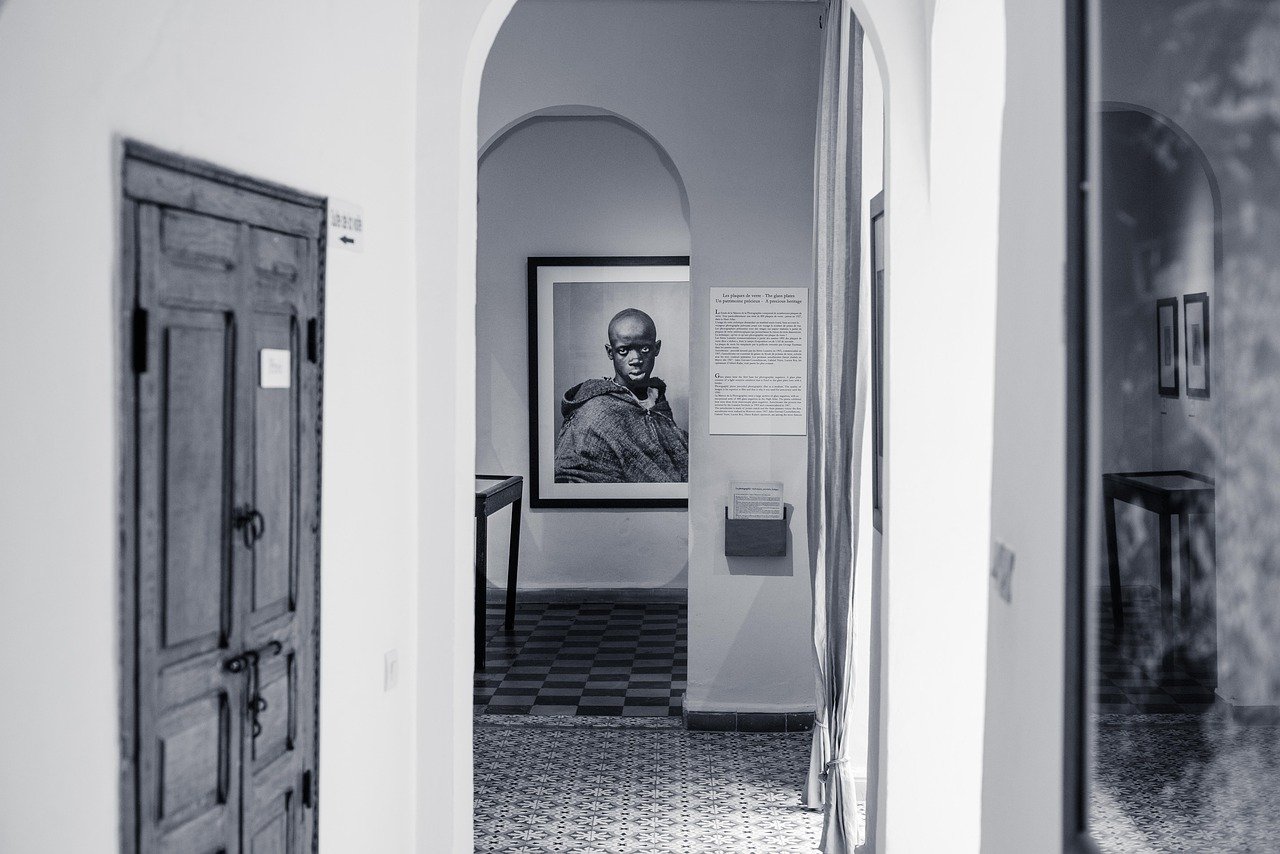
🎨 What Defines Vintage Wall Art
Vintage wall art stands out because it captures the essence of a specific time period. Typically, these pieces are between 20 and 100 years old, making them a bridge between the past and present. They reflect the cultural, social, and artistic trends of their era, offering a glimpse into history through their designs. You’ll find vintage style art in various forms, including paintings, prints, posters, photography, and even textiles. Each medium brings its own charm, but all share a common thread: they tell stories that resonate across generations.
If you’re wondering how vintage wall art differs from modern pieces, it’s all about the details. Modern art often focuses on innovation and abstraction, while vintage art style leans into timeless motifs and classic craftsmanship. These pieces aren’t just decorations; they’re windows into the past.
🕰️ Key Styles and Eras in Vintage Style Art
Vintage style art spans several iconic eras, each with its own unique characteristics. Here’s a quick look at some of the most popular periods:
Time Period |
Characteristics |
|---|---|
Art Deco (1920s-1930s) |
Bold geometric patterns, symmetrical designs, luxurious materials |
Art Nouveau (1890s-1910s) |
Flowing lines, floral motifs, inspired by nature |
Mid-Century Modern (1940s-1960s) |
Clean lines, minimalist designs, functional forms |
Victorian (1837-1901) |
Ornate details, rich colors, and elaborate patterns |
Retro (1940s-1970s) |
Vibrant colors, graphic patterns, playful designs |
Each era reflects the cultural and technological influences of its time. For example, the bold patterns of Art Deco mirror the optimism of the 1920s, while the intricate details of Victorian art showcase a love for craftsmanship. These styles make vintage wall art a classic choice for any home.
🧭 The Difference Between Vintage, Antique, and Retro
It’s easy to confuse vintage, antique, and retro art, but they’re distinct categories. Here’s a simple breakdown:
Category |
Age |
|---|---|
Antique |
Over 100 years old |
Vintage |
Between 20 and 100 years old |
Modern |
Less than 20 years old |
Retro art, on the other hand, refers to pieces inspired by past styles but created more recently. While vintage art style offers authenticity, retro designs often reinterpret classic artwork with a modern twist. Knowing these differences helps you choose the right piece for your space.
The Timeless Appeal of Vintage Wall Art
🏺 Historical Significance and Cultural Value
Vintage wall art isn’t just about aesthetics; it’s a window into the past. These timeless pieces reflect the artistic and social trends of their time, offering a glimpse into the cultural narratives of bygone eras. When you hang a piece of vintage art in your home, you’re not just decorating—you’re preserving history. Each brushstroke or design element carries the emotions and stories of its creators, connecting you to a different time and place.
For example, a mid-century modern print might showcase the optimism of post-war design, while an Art Nouveau piece could highlight the era’s fascination with nature. These works serve as historical artifacts, blending beauty with cultural value. By incorporating vintage wall art into your space, you’re celebrating the legacy of art and its timeless appeal.
💖 Emotional Resonance and Nostalgia
There’s something magical about vintage art. It evokes emotions and memories, creating a deep emotional connection that modern pieces often can’t replicate. Whether it’s a retro poster that reminds you of your childhood or a Victorian print that transports you to a romantic past, vintage art has a way of resonating on a personal level.
These timeless vintage wall art pieces don’t just decorate your walls—they tell your story. They bring a nostalgic flair to your space, making it feel warm and inviting. Many people choose vintage art because it allows them to express their personal style while honoring history. It’s not just about looking back; it’s about creating a space that feels uniquely yours.
🏡 Versatility in Modern and Eclectic Interiors
One of the best things about vintage wall art is its versatility. These timeless pieces fit seamlessly into any interior style, whether your home leans modern, traditional, or eclectic. A bold Art Deco print can become the focal point of a minimalist living room, while a delicate Victorian piece adds charm to a cozy bedroom.
Vintage art transforms walls into stunning focal points, reflecting your personal style. It’s a stylish solution for anyone looking to add character and depth to their home. Mixing vintage with contemporary elements creates a unique aesthetic that feels both fresh and timeless. You don’t have to choose between old and new—vintage wall art lets you enjoy the best of both worlds.
Incorporating Vintage Wall Art Into Your Home
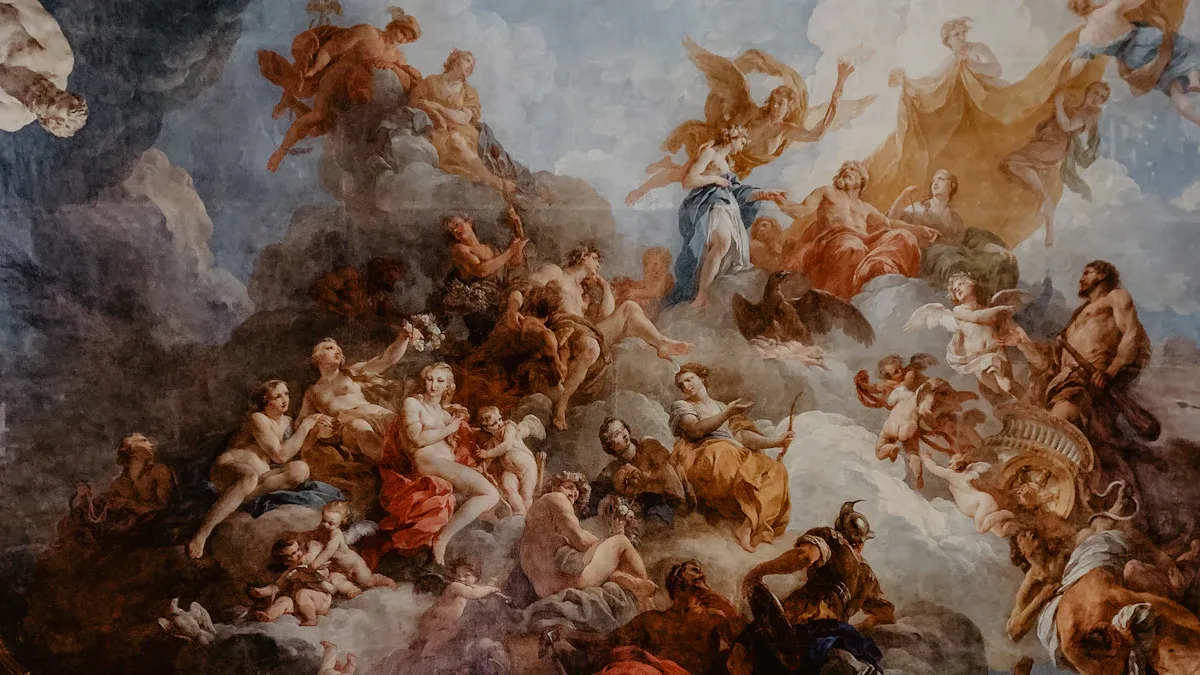
🖼️ Choosing the Perfect Vintage Art Prints
When it comes to choosing vintage art prints, it’s all about finding pieces that resonate with you. These prints are more than just decorations—they’re a way to add a personal touch to your home décor. Look for prints that tell a story or evoke a feeling. Whether it’s a mid-century modern design or a Victorian floral print, the right piece can transform your space into something truly unique.
The growing popularity of vintage art prints stems from their emotional connection and versatility. They don’t just enhance the aesthetic appeal of your home; they also serve as conversation starters. Plus, with the rise of sustainable and eco-friendly home décor trends, vintage art prints are a smart choice. By 2025, sustainable items are expected to make up 30% of the market, making vintage art a timeless and eco-conscious option.
🏡 Blending Vintage Wall Art with Contemporary Styles
Decorating with vintage art doesn’t mean your home has to look like a museum. In fact, blending vintage wall art with modern interiors creates a curated and collected feel that’s both stylish and timeless. A bold Art Deco print can add drama to a minimalist room, while a retro-inspired poster brings warmth to a sleek, contemporary space.
Design studies show that vintage art seamlessly integrates into modern interiors, adding warmth and complexity. To avoid common mistakes, mix modern furniture with vintage pieces for a cohesive look. For example:
Common Mistakes |
Tips to Avoid Mistakes |
|---|---|
Thinking vintage pieces require a throwback room |
Mix modern with period pieces for a cohesive look. |
Not understanding the value of vintage items |
Study period styles and materials to appreciate their worth. |
Believing vintage looks can only come from past centuries |
Use modern decor with vintage designs to create character. |
By combining old and new, you can create a vintage-inspired space that feels fresh and unique.
🔍 Ensuring Authenticity and Avoiding Reproductions
Authenticity is key when choosing vintage art. Reproductions might look similar, but they lack the history and value of original pieces. To ensure you’re getting the real deal, here are some tips:
Verify provenance and documented history.
Use modern technology like XRF spectroscopy to confirm authenticity.
Taking these steps helps you avoid reproductions and ensures your vintage art prints are truly unique pieces.
🛡️ Caring for and Preserving Vintage Wall Art
Once you’ve found the perfect vintage art decor ideas, proper care is essential to keep them looking their best. Start by using archival-quality materials for storage. These materials should be free of acids and harmful substances to prevent damage. Proper framing is also crucial. It not only protects your art but also enhances its timeless appeal.
Keep your vintage art away from direct sunlight to avoid fading. Regular dusting with a soft cloth will help maintain its beauty. By following these simple steps, you can preserve your vintage-inspired art for years to come, ensuring it remains a cherished statement piece in your home.
Vintage wall art is more than just decoration—it’s a timeless and classic addition to your home. It brings character, evokes nostalgia, and tells unique stories that resonate with your personal style. Whether you’re creating a focal point or balancing modern decor, vintage pieces add timeless beauty to any space. Explore these treasures to transform your walls into reflections of history and charm.
FAQ
❓ How can I tell if a piece of wall art is truly vintage?
Check for age, materials, and provenance. Look for signs of wear and historical documentation to confirm authenticity.
🖼️ Can vintage wall art work in small spaces?
Absolutely! Choose smaller prints or pieces with lighter colors. They add charm without overwhelming your space.
💡 What’s the best way to start collecting vintage wall art?
Start small with affordable prints. Visit flea markets, online shops, or estate sales to find unique pieces that resonate with you.
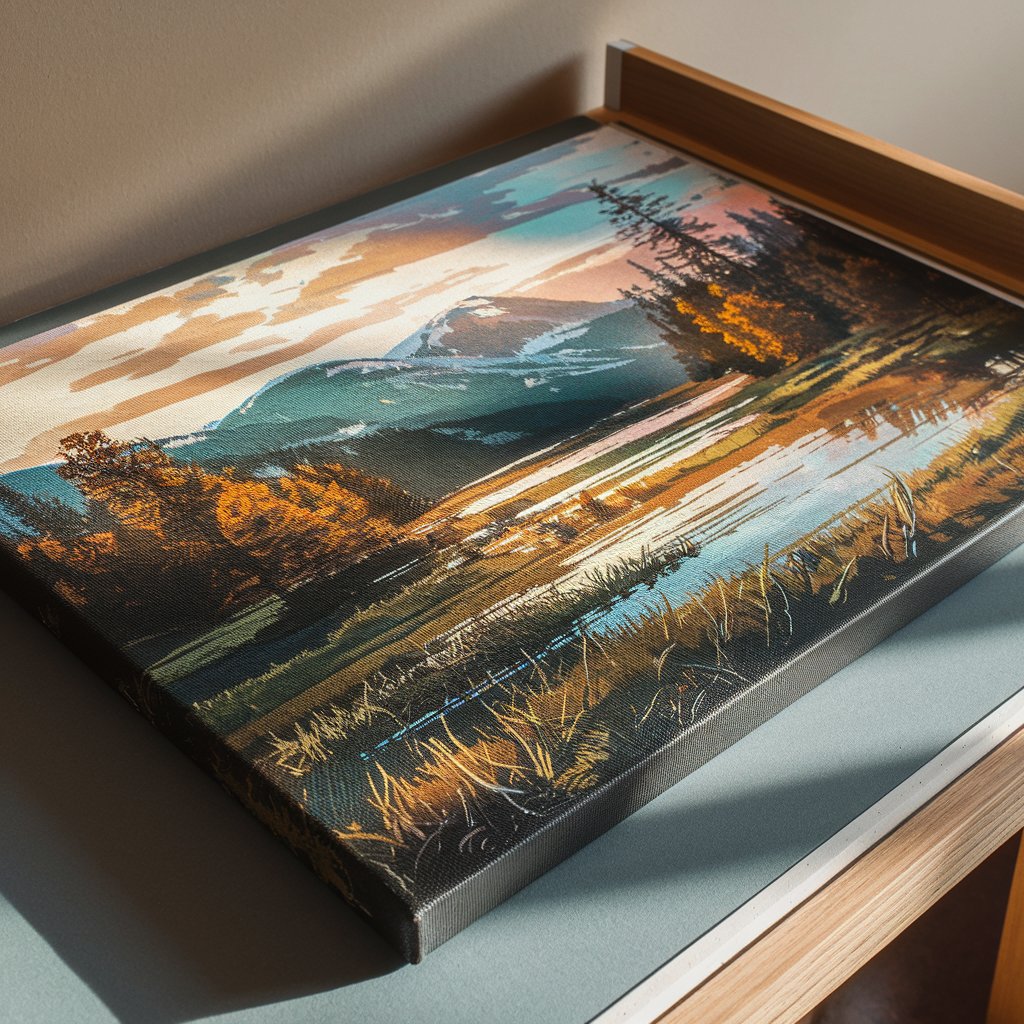
Tucocoo Custom Canvas Wall Art



